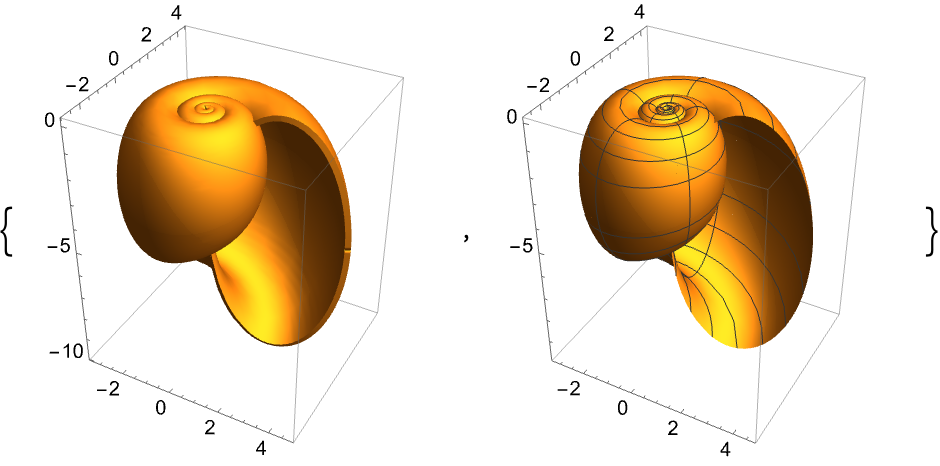


Researchers have demonstrated that they can flatten the phase fronts of the cylindrical wave emanating from a point source by using (quasi-) conformal mappings 23, 24, 25, 26. On the other hand, conformal and quasi-conformal transformations have been proven to help improve the directivity of a radiating source. Employing metasurfaces for the realization of the structure is also an active area of research 61, 62. A cloak prototype was fabricated using metamaterial cells 51 and metal 3D printing 52.

Unidirectional cloaks can be designed using linear transformations 49, 50, 51, 52, non-linear transformations 49, 53, 54, and conformal transformations 1, 55, 56, 57, 58, 59, 60. The mapping is plane-transformed for such unidirectional cloaks, which can lead to material singularity mitigation. As a result, a new class of unidirectional invisibility cloaks was introduced, capable of providing invisibility for one incident angle. The singularity embedded in omnidirectional cloaks stems from using a point-transformed mapping in 3D and a line-transformed mapping in 2D. For instance, linear transformations result in a homogeneous anisotropic medium 12, 15, 18, 19, 30, 31, 33, 44, 45, whereas using quasi-conformal and conformal transformations minimizes and eliminates the anisotropy, respectively 1, 8, 23, 24, 25, 26, 27, 28, 29, 35, 41, 46, 47, 48.įor the case of an omnidirectional cloak, the medium possesses singular constitutive parameters near the concealment region 2. The type of transformation used has a significant impact on material complexity. Metamaterial unit cells can provide higher anisotropy at the expense of introducing loss and limiting the bandwidth. Attaining anisotropy is quite challenging since the available natural materials exhibit low anisotropy levels. In general, the constitutive parameters can possess extreme permittivity and permeability values and a high degree of anisotropy. TO has also been used for compressing lenses 38, 39, 40, 41, 42, 43.ĭespite being an interesting systematic approach and providing a mathematical path for the design of functional devices, the material calculated by TO is often difficult to realize. Many fabulous devices have been created using this theory like field rotators 3, 4, 5, field concentrators 6, 7, carpet cloaks 8, 9, 10, 11, 12, 13, 14, 15, 16, polarization splitters 4, 17, 18, 19, 20, beam expanders and squeezers 21, 22, directivity enhancers 23, 24, 25, 26, 27, 28, 29, and waveguide couplers 30, 31, 32, 33, 34, 35, 36, 37. This theory allowed researchers to derive the material that could realize a specific functionality, essentially an inverse problem. TO recipe incorporates a geometrical interpretation of the device’s function into a calculated material. Since Leonhardt and Pendry discovered a transformation-optical solution for the problem of invisibility 1, 2, the theory of transformation optics (TO) has caught the interest of scientists.


 0 kommentar(er)
0 kommentar(er)
